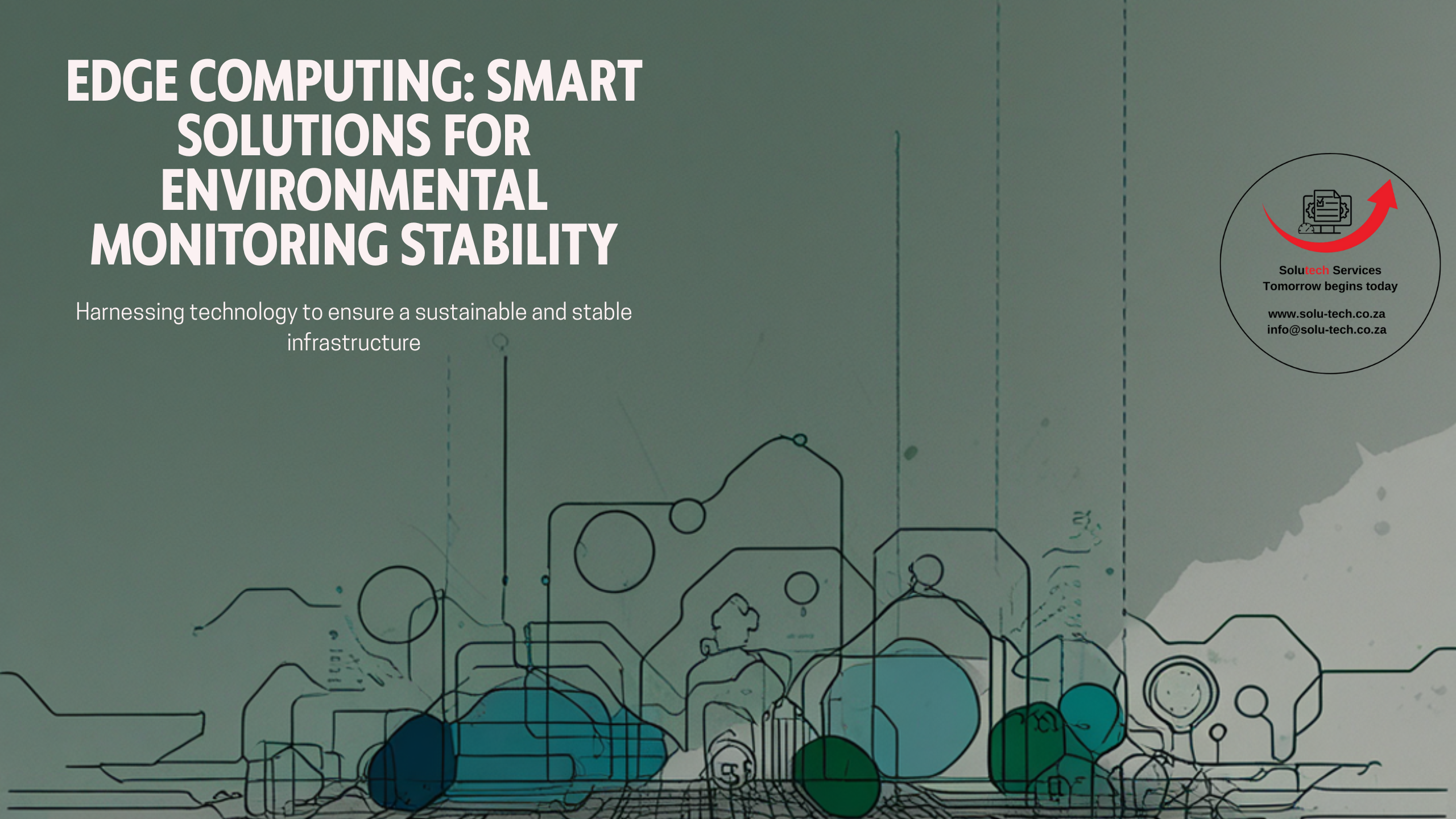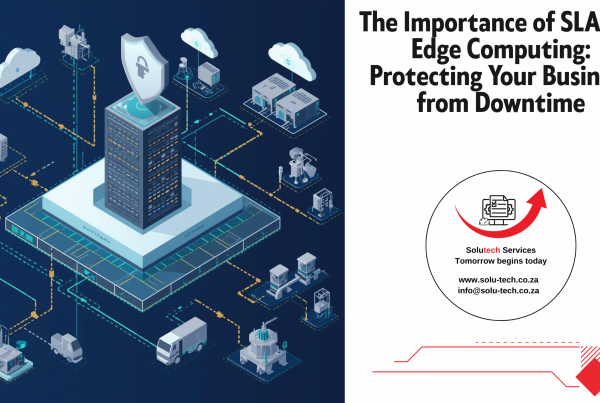Introduction
As the world moves closer to real-time data processing, Edge Computing continues to shape how businesses manage information. But for edge environments to perform reliably, Environmental Monitoring (EM) is essential.
In South Africa—where weather conditions, load shedding, and fluctuating power supply can disrupt operations—monitoring the physical environment around critical systems is no longer optional. It’s a safeguard for business continuity.
Why Environmental Monitoring is Essential for Edge Environments
Edge computing sites are often smaller, decentralized, and closer to data sources like factories, retail spaces, or field locations. Unlike traditional data centers, they don’t always have dedicated staff to watch over equipment.
That’s where environmental monitoring becomes invaluable—it provides real-time insights into the conditions that affect your systems.
Key Factors to Monitor:
🌡️ Temperature & Humidity
Maintaining optimal temperatures prevents overheating and hardware degradation, while balanced humidity levels protect against static discharge or condensation.
💨 Airflow & Cooling Efficiency
Sensors detect irregular airflow patterns or blocked vents, ensuring cooling systems perform as intended.
⚡ Power & Energy Stability
Monitors track voltage fluctuations and help identify power anomalies before they cause damage or downtime.
💧 Water Leakage & Moisture
Leak detection systems prevent catastrophic failures caused by unnoticed water intrusion or condensation.
🔔 Alerts & Automation
Real-time notifications allow IT teams to act quickly before a minor fluctuation becomes a major issue.
The South African Context: Why It Matters Even More
In South Africa, load shedding, heat waves, and rapid temperature swings make Environmental Monitoring a business necessity.
- During power cuts, backup systems and cooling must remain stable to prevent overheating.
- Cape Town’s coastal humidity can cause condensation inside server racks.
- High summer temperatures strain cooling units and power supplies.
Without environmental monitoring, these fluctuations go undetected—risking data loss, hardware failure, or downtime.
Benefits of Implementing Environmental Monitoring
✅ Prevent Downtime – Early detection of environmental risks minimizes system failures.
✅ Extend Equipment Lifespan – Proper monitoring helps maintain stable operating conditions.
✅ Improve Energy Efficiency – Data-driven insights help optimize cooling and power usage.
✅ Compliance & Reporting – Many industries require environmental tracking for regulatory standards.
✅ Peace of Mind – Continuous visibility ensures your infrastructure is always protected.
How Solutech Services Can Help
At Solutech Services, we provide comprehensive Environmental Monitoring Solutions designed to integrate seamlessly with your edge infrastructure.
Our systems combine sensors, real-time analytics, and automated alerts to help you maintain operational stability—even in the face of South Africa’s unpredictable conditions.
Our Solutions Include:
- Temperature & humidity sensors
- Airflow and energy consumption tracking
- Integration with UPS and Cooling Systems
- Automated alert systems and reporting dashboards
- Ongoing maintenance and support
A Holistic Approach to Edge-Ready Infrastructure
At Solutech Services, we don’t just sell products—we offer integrated services to ensure your edge computing environments are resilient, efficient, and compliant. From tailored consultations to maintenance and ongoing support, we walk with you every step of the way.
📆 Stay tuned: In our next blog, we’ll explore how Service Level Agreements (SLAs) help maintain uptime, ensure faster response times, and guarantee long-term performance for your infrastructure.
📞 Contact us to book an assessment:
Phone: 082 55 33 220 / 064 51 26 200
Email: info@solu-tech.co.za
Website: www.solu-tech.co.za



